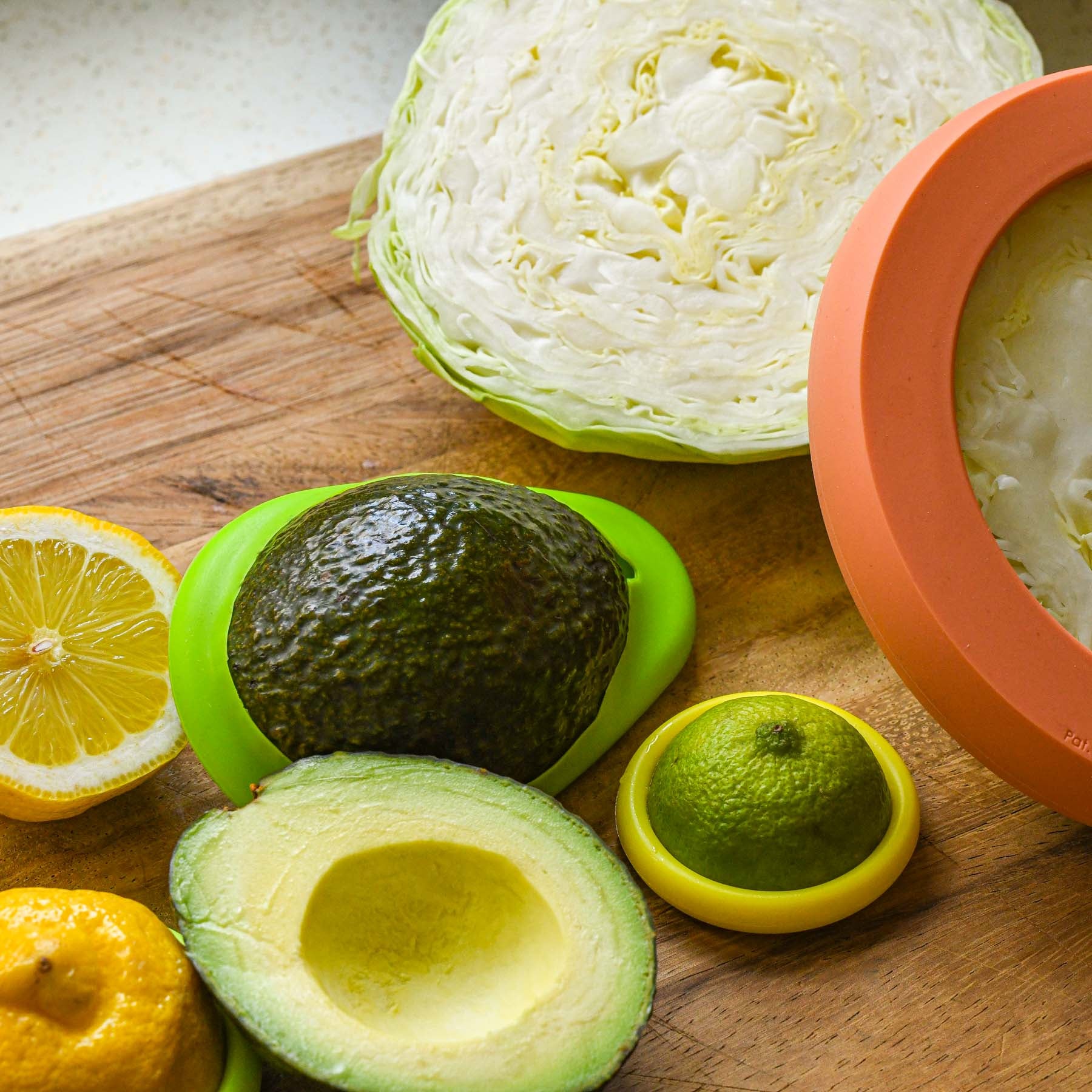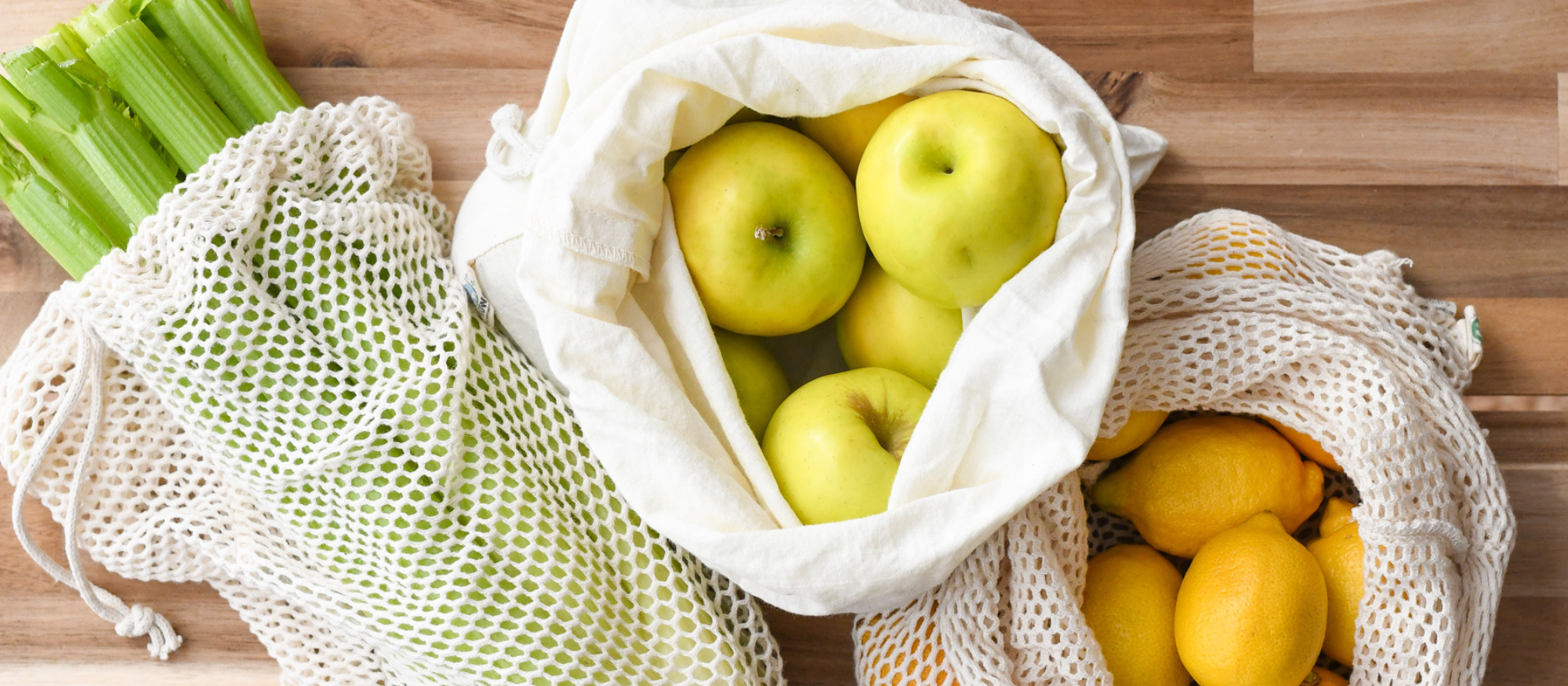
Food Waste & How You Can Help Minimize It
The Reality of Food Waste
Some Statistics
- In 2010, the EPA estimated each American produces nearly 220 pounds of food wasted. Per person. Per year.
- Feeding America reports 108 billions pounds of food is wasted every year in the U.S.
- According to the World Food Programme—of the world's food supply, 40% is wasted EVERY SINGLE YEAR. Of the food produced but never consumed, it would feed approximately 2 billion people, twice the world's population of undernourished humans.
- In America, about 40% of the food wasted comes from consumers, and about 60% comes from farmers and manufacturers.
- Experts estimate within the next 60 years, we will run out of the world's top soil supply, effectively making it impossible to grow crops. That is 60 or less harvests left for farmers. With more and more issues effecting healthy crops, the world could quickly have a food crisis. So, what can you do about it?
While statistics are great at quantifying the problem, they rarely give clear instructions on how you can help reduce the issues at hand. Below is a list of some of the things you can do to reduce your own food waste, and have your food last longer then it ever has before.

Compost
We have a blog post about composting in your backyard that you can find here. Composting is great way to eliminate waste with the food scraps that you can't use. It also helps feed our soil, which is a win-win for all involved—including the food! However, if you don't have access to a backyard compost, more and more cities around America have composting companies. Asheville has CompostNow, which is a great alternative if you live in an apartment, but don't want all your scraps to go to waste. Companies that do this also normally have the facilities to compost items that are just too hard to compost in the backyard, like animal bones, dairy, and compostable plastic packaging. We like to have a countertop compost pail to fill then transfer to the large bucket periodically throughout the week. If you want to avoid composting the moldy produce you forgot about over the weekend, there are many ways to get a longer life out of your food.

Produce Bags
- Produce bags offer an alternative to the plastic and paper bags at the store.
- They're great to transfer and store your produce without the unnecessary single-use plastic. If you've got some leafy greens, consider transferring them to a VejiBag!

VejiBags
- VejiBags are crisping bags that will keep your produce fresh for MUCH longer.
- Great for leafy greens, like kale, lettuce, boc choy, parsley, dill, and basically anything leafy!
- Also great for keeping things from going limp, like celery, cucumbers, squash, etc.
- Just make sure the bag is damp (we check ours every couple of days), and you'll have 10-14 days of fresh produce!

Food Huggers
- We have a few types of food huggers sold at Ware. The standard variety Food Huggers, Avocado Huggers, and Bowl Lids
- The standard variety Food Huggers are great to put directly onto halves of apples, onions, tomatoes, etc. They're also great to cover an open can or a jar you lost the lid to! Got cats? We've many a customer who uses them to seal their canned wet food once opened.
- Avocado Huggers are great for keeping your avocados from going brown when you only want to use one half at a time.
- The Bowl Lids are great for when you don't want to dirty another dish by transferring it into a container, or to transport food for potlucks.

Beeswax Food Wrap
- An alternative to plastic wrap, beeswax food wrap is ideal for wrapping up sandwiches for lunch, blocks of cheese, or a covering up a plate of leftovers.
- Funnily enough, beeswax food wrap is actually what was used before plastic wrap was invented...

Stashers
- With a water and air-tight Pinch-loc™ seal, Stasher bags are the only alternative to plastic baggies on the market that actually hold water. Pun intended. They're dishwasher & microwave safe, can be baked, boiled, or frozen, and are endlessly reusable.
- Use them when you can't properly reseal food that comes in plastic packaging to keep from oxygenation.
Canning
- So you started a garden and now you don't know what to do with all the excess food you've harvested.
- Canning is not a new concept—it's one of the oldest ways to keep food for months and months at a time, and a tried and true way of having fresh garden-grown food in your pantry even during the winter months!
- There's endless content on the internet to help you with all your canning tips and tricks, but ultimately it is the process of sealing and creating an airtight seal. This creates a shelf life of 1-5 years or longer depending on the item you are canning. Just be sure to consult the experts to learn the proper techniques to avoid botulism.
Changing the Containers
- Berries will stay fresh for longer if you wash and store them in a glass air tight jar.
- Some produce like carrots and celery will last longer when stored in a glass jar filled with water.
- Fresh herbs last for a longer when the stems sit in shallow water. Think a bouquet of flowers, except it's herbs—in your fridge.
- Bread can last for a month or longer when stored in the refrigerator, or even longer in the freezer!
Changing How You Cook
- Instead of tossing or composting scraps, try using them in a different recipe.
- The Zero-Waste Chef is a very informative cookbook that includes tips/tricks/recipes, particularly for using up scraps in the kitchen.
And last, but not least. Eat your leftovers!!

Leave a comment